It used to be clear as crystal.
The original Mini was intended as one very-specific thing and a Mercedes-Benz stood for another – in this case, something so completely opposite demographically (though that’s not how things eventually played out).
But now, brands and models are all over each other’s turf, blurring boundaries as they try to make a buck.
Prompted by this week’s announcement of an MG ute, here are some of today’s most egregious examples that might have their founders confounded, dazed or confused.
And before firing off missives our way, we are not judging any of the listed vehicles’ merits; indeed, we admire their makers’ gumption and self-belief. Good for them!
MG U9
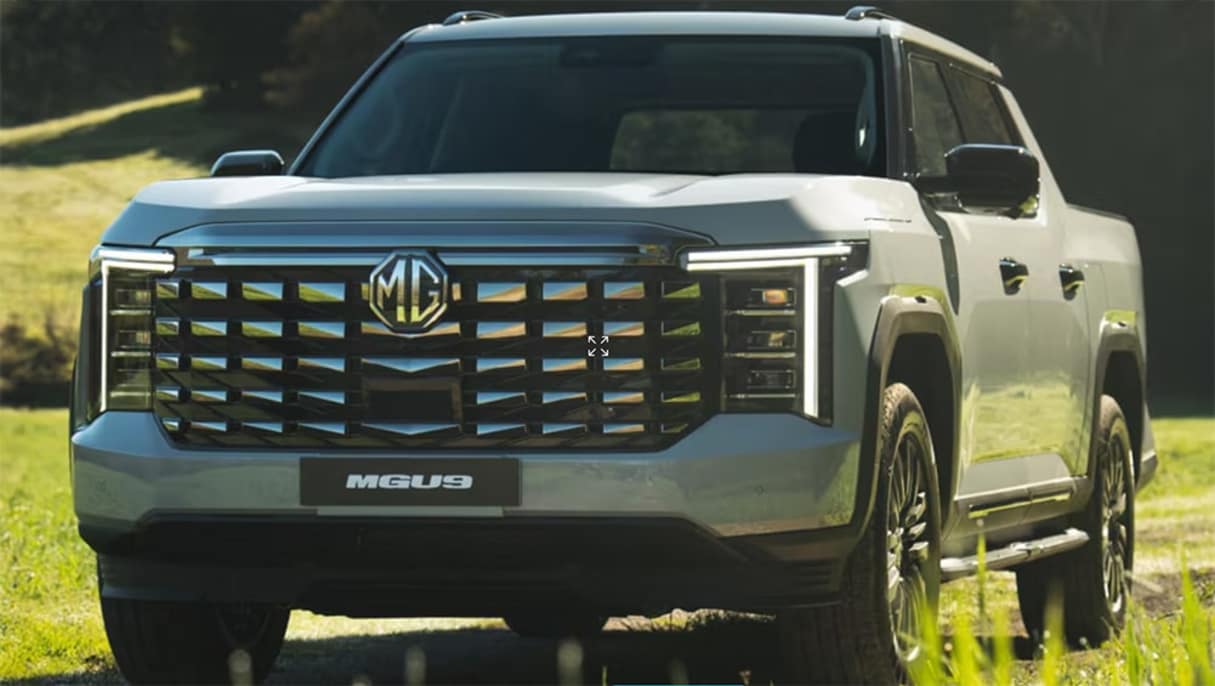
Chinese state-owned conglomerate SAIC Motor’s global ambitions are nothing if not breathtaking, as the MG hexagon on an LDV Terron 9 demonstrates.
The U9 is a no-nonsense one-tonne ute in the mould of the value-focused GWM Cannon Alpha, devised and built by SAIC’s Maxus commercial vehicle division, for Australia only. We truly are the Lucky Country.
MG Cars started off as hotted-up versions of pre-war Morris sedans and later convertibles under the Morris Garages brand in Oxford. The brainchild of business manager Cecil Kimber, think what HSV was to Holden, but in the mid 1920s.

These gained international fame when American soldiers stationed in Britain during WW2 fell in love with the MG T-type Midget roadsters, with many taking them back home, prompting a full-scale export drive that dominated the global sports car scene well into the 1970s.
MG as a British concern ceased in 2005 following MG Rover’s collapse, eventually falling into SAIC’s grasp. The U9 is no T-type Midget.
Ford Mustang Mach E
A huge success in North America, Ford’s first EV-only volume model is loosely based on the existing (though no longer in Australia) Escape mid-sized SUV architecture.
Not that you’d know that, since the Mustang Mach-E obviously borrows two badges from Ford’s famous muscle car range launched in 1964, as well as some vague styling cues. Purists baulk, but its US sales figures don’t lie, where the EV now outsells the S650 coupe/convertible.
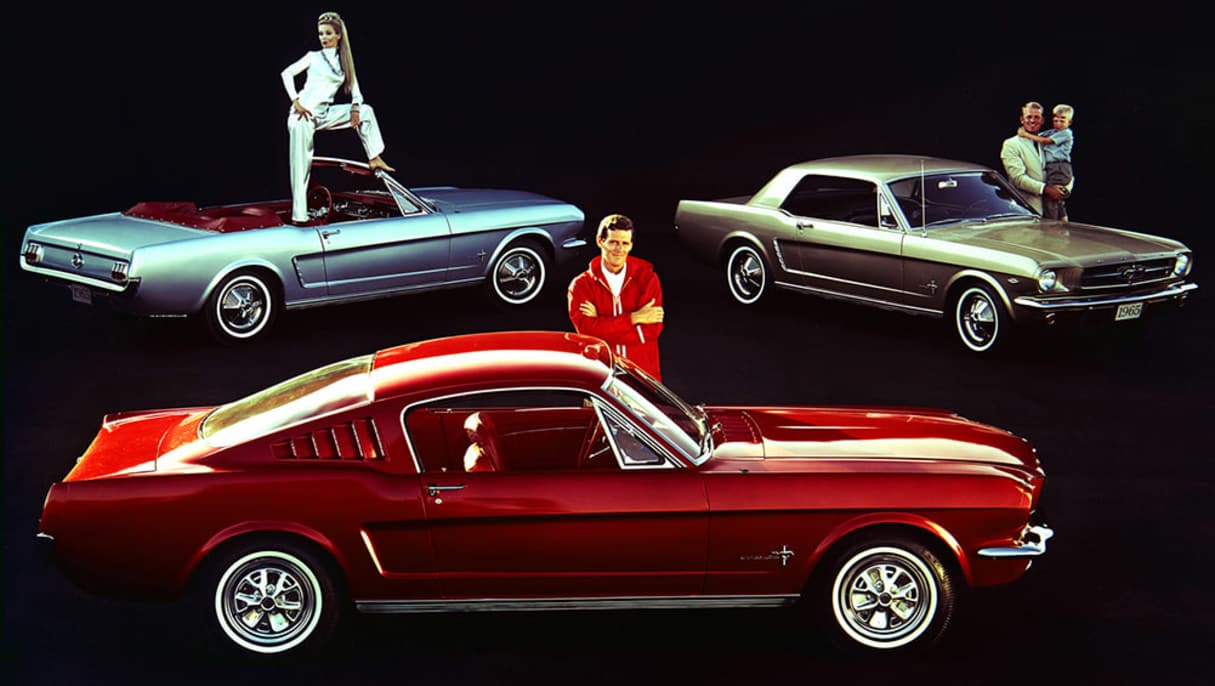
What the original Mustang’s ‘father’, Lee Iacocca, would think is debatable, but as he was a marketing supremo as well as eventual president and CEO of Ford, he would probably laugh out loud.
Lotus Eletre
Seven-time F1 champions Lotus of the UK started off in 1952 making high-output engines and properly-worked sports cars intended for racing.
Founder and gifted engineer, Colin Chapman, was famously obsessed with lightness, stating that “adding power makes you faster on the straights; subtracting weight makes you faster everywhere.” This was his mantra.
Today, Lotus is safely ensconced within China’s vast Geely corporation after decades of flaky ownership following Chapman’s death in 1982.

But, despite being a super-advanced high-performance electric SUV of outstanding speed and agility, what would he make of the Eletre’s largely-unavoidable 2.6 tonnes? The definitive Lotus 7 weighed in at around 500kg, making it an anathema to Chapman’s philosophy.
No LOLs from Colin likely.
Mini Countryman
The first Mini was, of course, engineer Alec Issigonis’ crowning glory, in a career bristling with brilliance. Besides forever changing small cars, its cultural impact cannot be overstated.
But he loved smallness and lightness and despised unnecessary mass. The 1959 original was famously packaged for maximum cabin space within a minimal footprint. Barely three metres long, 1m wide and 1.3m tall. Hence the name. 2025 Mini Countryman? 4.43m by 1.84m by 1.65m. More than thrice the kilos, too. And infinitely safer.
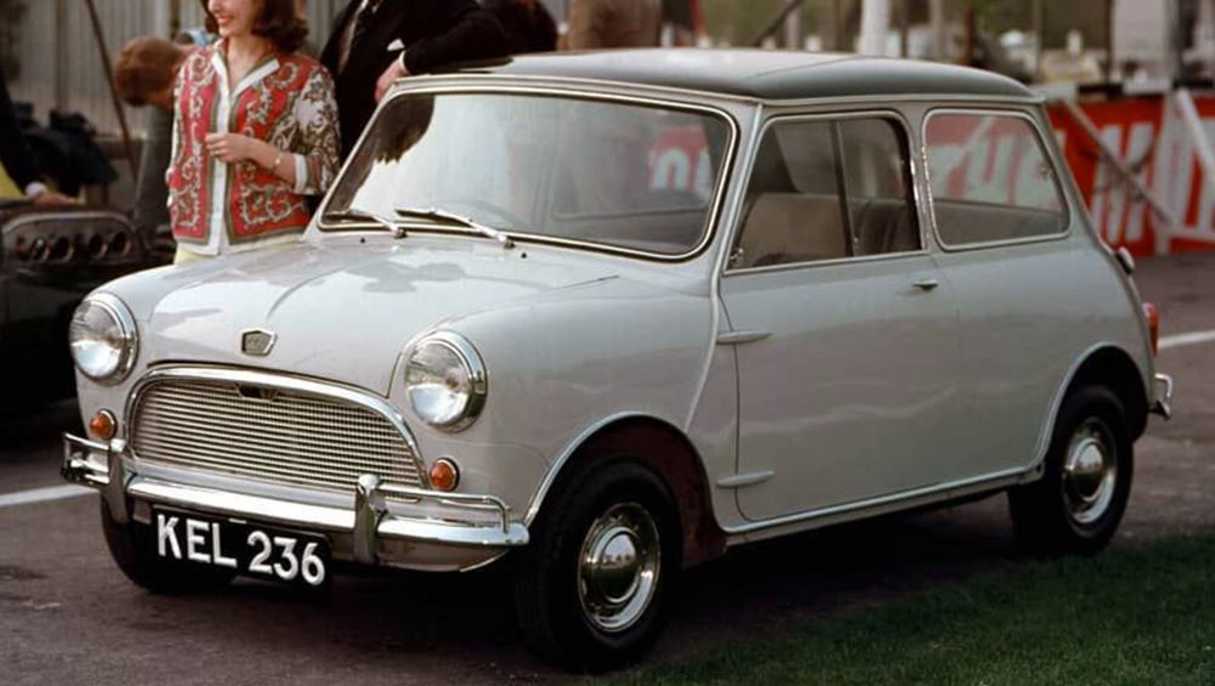
That’s progress… but Issigonis would surely scoff.
Ford Everest
Henry Ford’s legacy is allegedly complicated by some very bad deeds as well as good ones, and these cannot be overlooked nor forgotten.
With that in mind, for better or worse, he had this to say about affordability: “I will build a motor car for the great multitude. It will be so low in price that no man will be unable to own one.”
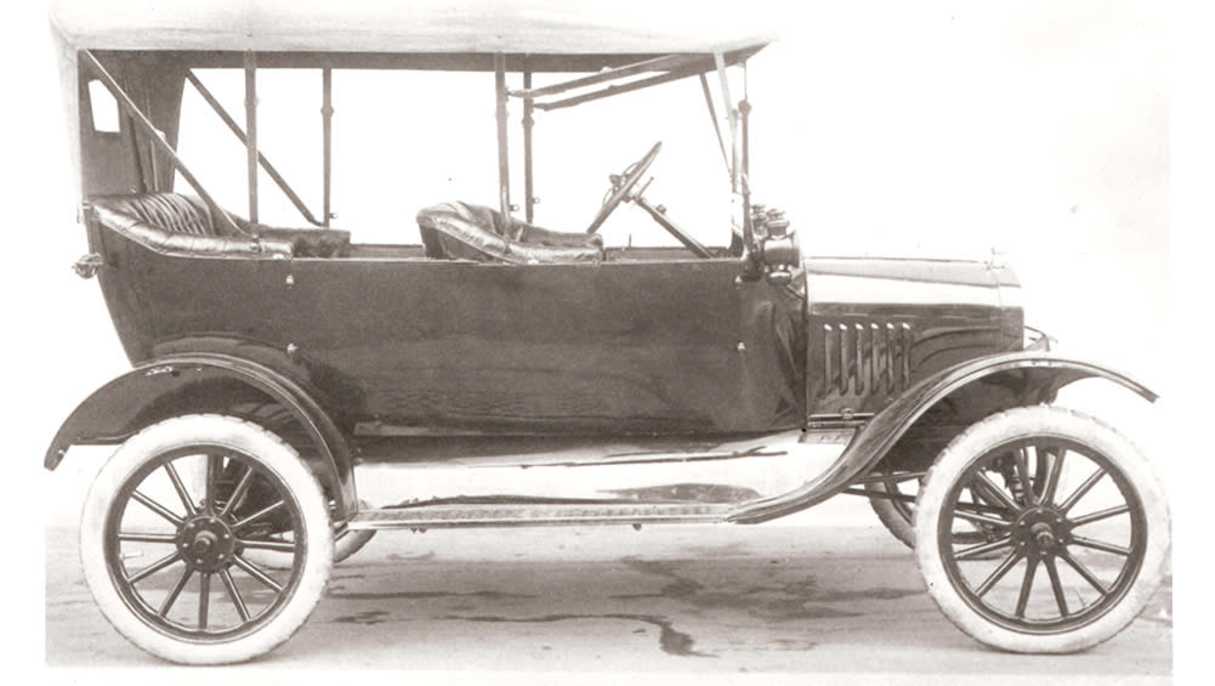
Ranger ute and Transit Custom commercial vehicles aside (though they’re hardly cheap anyway), the least-expensive new Ford passenger vehicle in Australia – the Everest Ambiente AWD from $59,490 before on-road costs or about $66,000 driveaway – makes a mockery of this statement. Great as it is, what would Henry think?
Jeep Avenger
The 2025 Avenger is arguably one of the best models the brand has ever offered in Australia, representing a unique and compelling take on an urban EV SUV. It looks and feels the part. Pricing is also keen.
But Jeep – a name derived from “Government Purposes” or “General Purpose” – was created as America entered WW2, and evolved from there as a tough 4x4 vehicle with greater off-road capability than an ordinary passenger car.
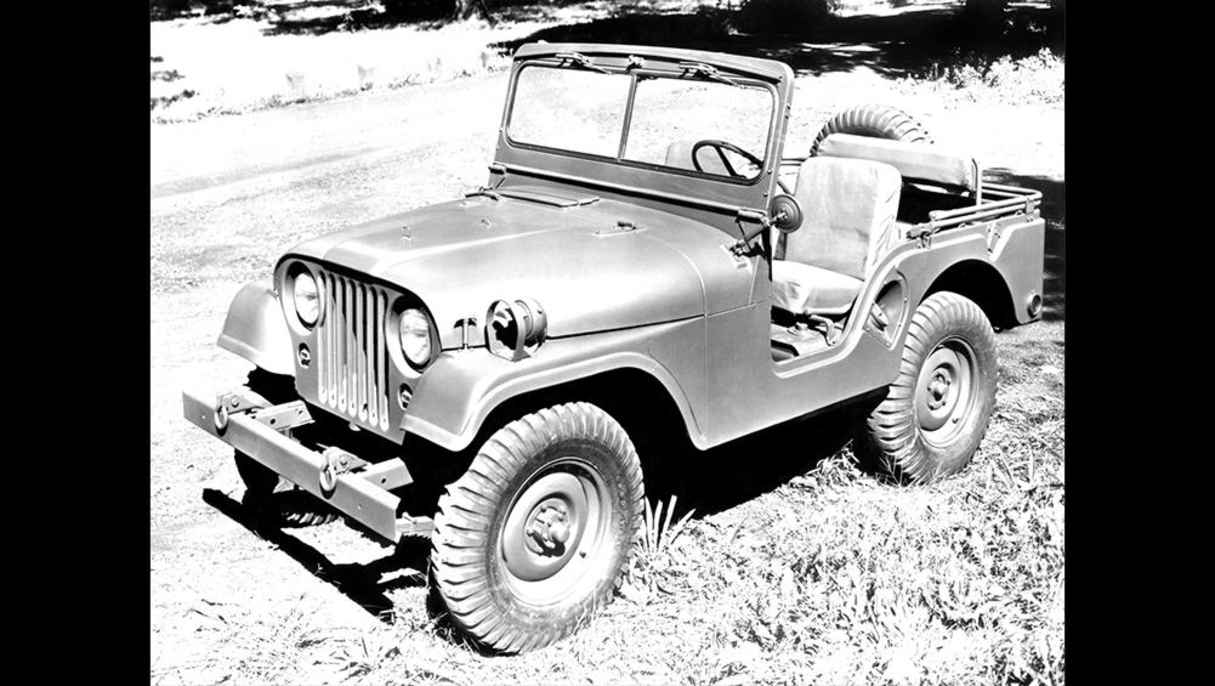
Through various owners, the brand has traded on that fact, even creating the ‘Trail Rated’ trademark more than 20 years ago to signify Jeep’s formidable 4WD capabilities.
Our strong advice is to not go bush in a Jeep Avenger as you might in a Wrangler. It won’t keep up. Maybe Stellantis should have called it Jeep-ish Avenger.
Smart #5
Resuscitating the Smart brand with Geely’s help has resulted in two likeable if flawed EV SUVs of substance and character in the #1 and #3, and the larger #5 looks even more promising.
But these have no relationship other than possessing passing visual touchpoints with the Smarts that people actually remember: the 450/451-series City-Coupe (later renamed ForTwo) two-seater urban runabouts of the late 1990s, its 452 Roadster offshoot or perhaps the 453 ForTwo and ForFour of 2014 co-developed with Renault that Australia never saw.
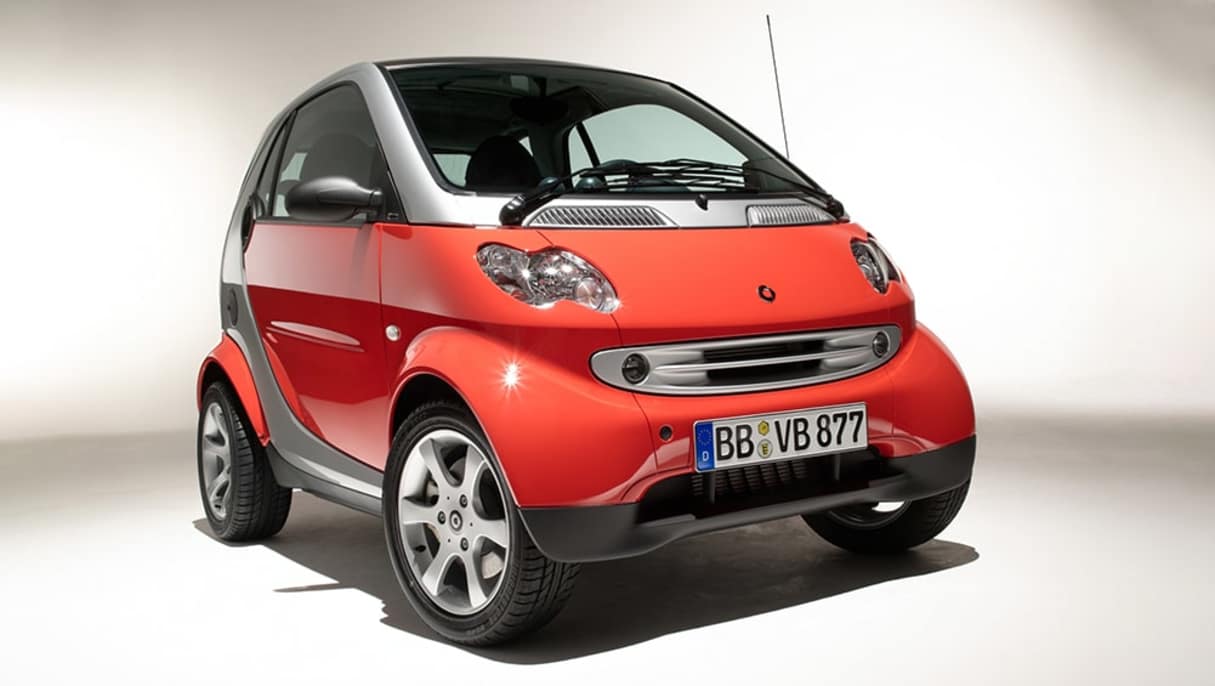
The good news is that the tiny, light and minimalist Smart is returning to its city-car roots later next year as the #2 EV.
Swatch company founder, Nicholas Hayek, who originated the whole Smart car idea in the early ‘90s but left early on because Mercedes decided against electrification, would approve.





.jpg)

.jpg)
.jpg)

.jpg)


.jpg)



.jpg)
.jpg)
.jpg)
.jpg)
.jpg)
.jpg)

 (1).jpg)



